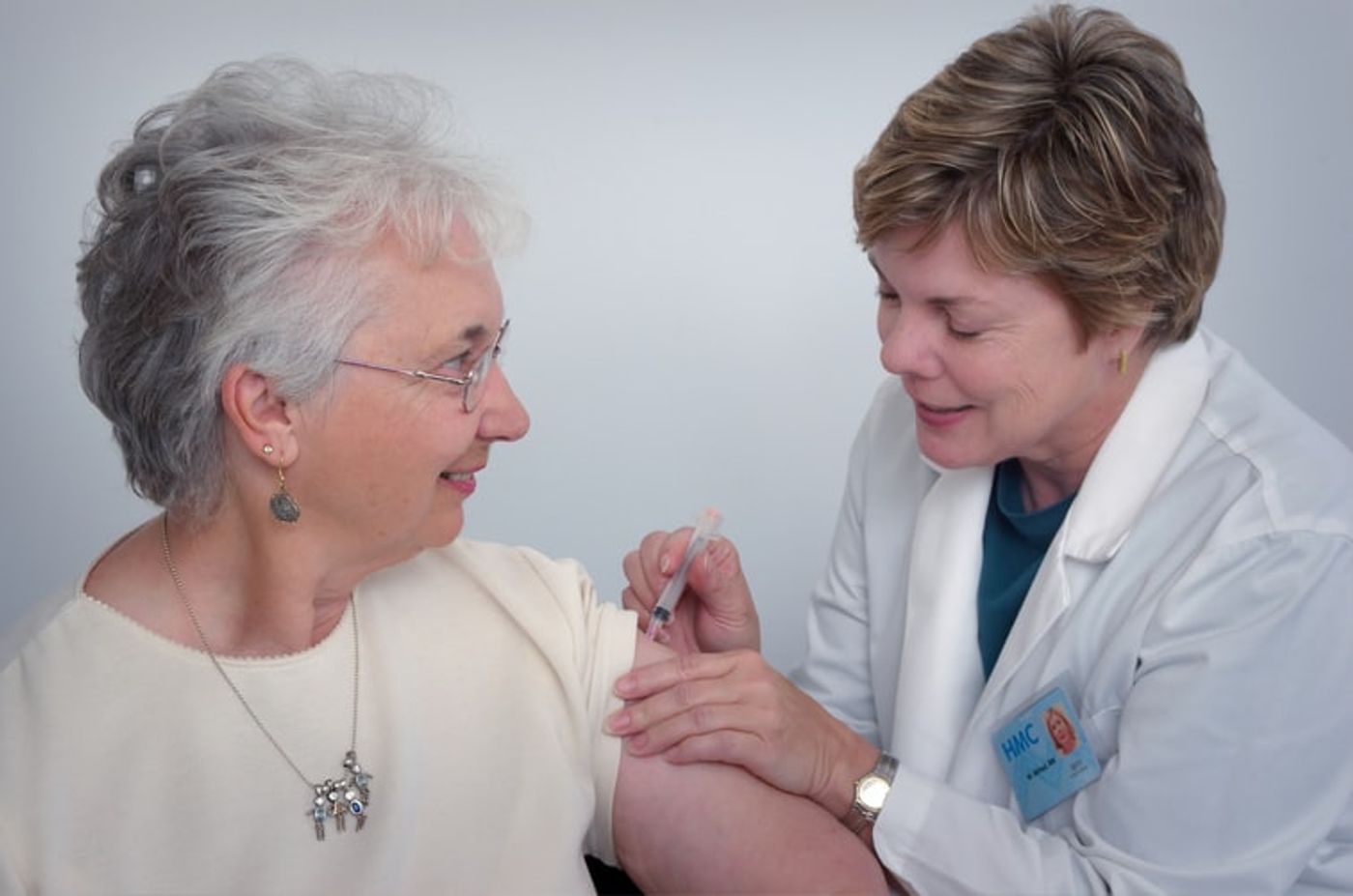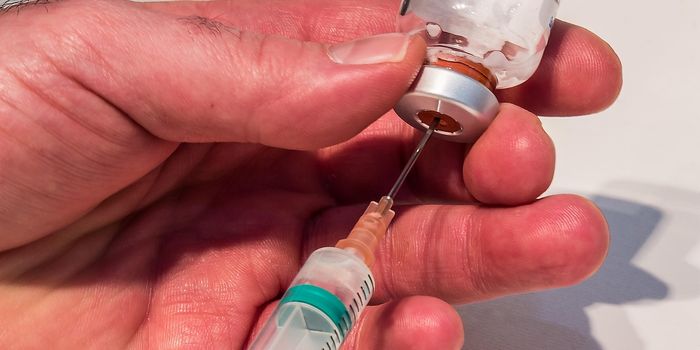Vaccines- a Long History of Cost-Benefit Analysis
Vaccination and new treatments for diseases have remained topics of skepticism since their inception. When it came to an earlier form of a Polio vaccine, they found that a minimal number of vaccine recipients developed Polio. During the 2009 H1N1 influenza pandemic, public-health agencies in different countries raised the alarm about an increased rate of narcolepsy, a severe sleep disorder, in children who had received a dose of a specific type of H1N1 vaccine. It is incredibly challenging to determine whether a vaccine itself causes an adverse event. Depending on region and study design, results will be mixed. Despite this, severe but rare clinical reactions have been reportedly associated with certain types of COVID-19 vaccinations. One such complication is Cerebral Venous Sinus Thrombosis, a type of stroke in which clots form within the dural sinuses of the brain and lead to increased pressure within the brain.
This is a difficult diagnosis to come to. Although there are no specific risk factors, the condition typically impacts young women and carries a better prognosis than their male counterparts. Depending on the type of vaccine and quoted figures in the data, the incidence of this condition ranges from 1 in 100,000 vaccine recipients to 1 in 1,000,000 recipients. Despite these figures, it remains a fact that the risk of contracting COVID-19, and dying from it, far outweighs the risk of rare complications thought to be related to vaccine administration.
The expedition of vaccine development through the national Operation Warp Speed initiative has accelerated COVID-19 prevention efforts. However, due to the rapid conditions surrounding vaccine development, concerns exist around vaccine safety and efficacy. Since a recent vaccine has received FDA approval, there has been an uptick in those receiving the inoculation. As such, as we continue to make a global effort to weather this pandemic, social distancing, mask-wearing, and vaccination remain the best way to prevent the spread of these deadly diseases. As with any scientific milestone, building widespread trust in the importance of these incredible advancements that have saved so many lives will take time.









